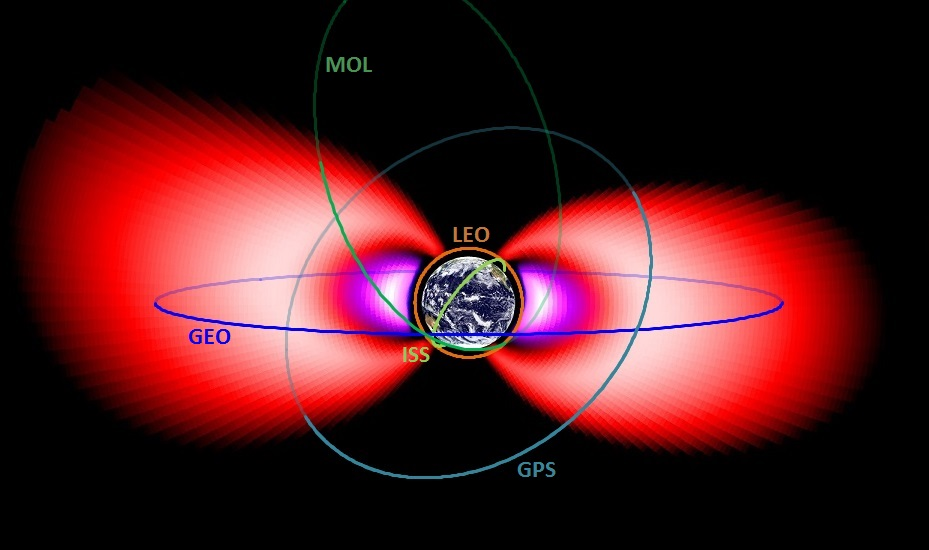Speaker
Description
The Space Environment In-Situ Suite (SEISS) on GOES-19 includes the Magnetospheric Particle Sensor – High Energy (MPS-HI), an instrument designed for measuring radiation belt electrons and protons that have energies responsible for charging of internal spacecraft elements, that can lead to disruptive or damaging electrostatic discharges. MPS-HI includes 5 electron telescopes and 5 proton telescopes, arranged in two North-to-South fans, looking radially away from Earth. Each electron telescope has 10 differential channels, 50 keV – 4 MeV, and two integral channels, >2 MeV and >4 MeV. Each proton telescope has 11 differential channels, 80 keV – 12 MeV. The most operationally important MPS-HI measurement is that of >2 MeV integral electron flux, which is used by the NOAA Space Weather Prediction Center for its geostationary radiation belt alerts. Accurate calibration of the MPS-HI sensor is important in maintaining continuity of the radiation belt measurements used for both scientific and operational purposes. We present the steps taken for the calibration of the GOES-19 SEISS MPS-HI instrument, including a comparison with the same instrument on GOES-16.

